Sightseeing and highlights of Kiyomizu-dera, a world heritage site in Kyoto
Kiyomizu-dera Temple in Kyoto attracts many people from all over the world as one of Japan's most famous landmarks. Due to its beautiful scenery and historical background, it is visited by many tourists throughout the year.
Kiyomizu-dera is a beautiful temple located in the heart of the ancient capital of Kyoto, nestled in the quiet mountains.
In this article, we will introduce the highlights of Kiyomizu-dera Temple.
What is Kiyomizudera?
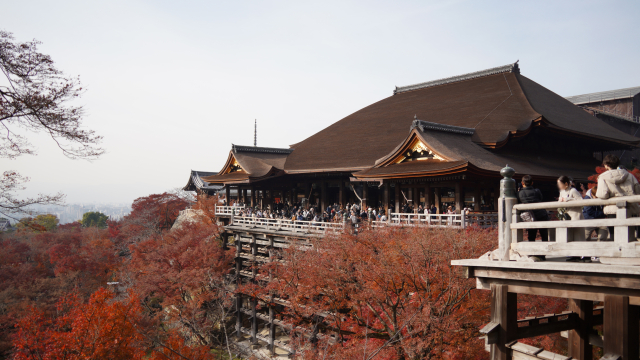
Kiyomizu-dera is one of Japan's most famous Buddhist temples, located in Higashiyama Ward, Kyoto City.
The official name is Shimizu Kannonji, and the principal image is Kannon Bodhisattva. Kiyomizu-dera Temple is also an important cultural property in Japan, and was registered as a UNESCO World Heritage Site in 1994. It is loved by many people for its distinctive architectural style and beautiful scenery, and is visited by millions of tourists every year.
Highlights of Kiyomizu-dera Temple
Niomon
When you step into Kiyomizu-dera Temple, you are greeted by the massive Niomon gate. This gate not only welcomes tourists as the entrance to Kiyomizu-dera Temple, but also attracts many people with its style and historical value.
Three-storied pagoda
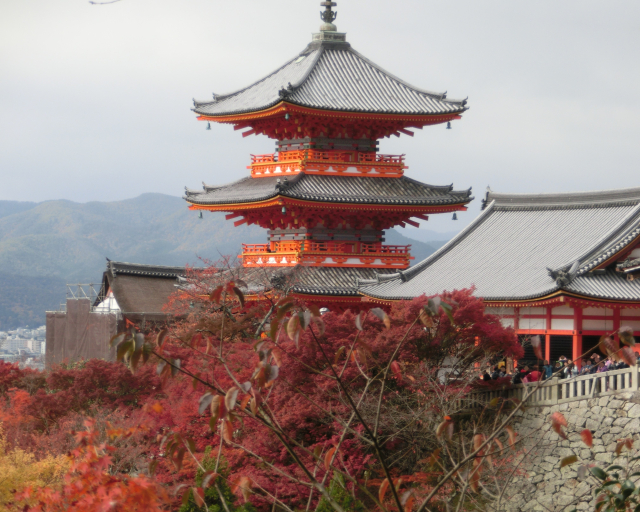
The three-storied pagoda is a distinctive structure within the grounds of Kiyomizu-dera Temple, and is a rare form of pagoda among Japanese temples.
1. Form
As the name suggests, a three-storied pagoda is a three-tiered pagoda, with the width becoming narrower towards the top and the roofs overlapping each other. This form represents the Three Realms (past, present, future) and the Three Treasures (Buddha, Dharma, and Sangha) based on Buddhist teachings.
2. Architectural style
The three-story pagoda was built as part of the Heian style, a typical style of temple architecture that developed during the Heian period. Its beautiful carvings and traditional colors of the temple demonstrate ancient Japanese art and architectural techniques.
3. Symbolic meaning
The three-storied pagoda not only symbolizes Buddhist teachings and the order of the universe, but also plays an important role as an object of faith. Its majestic appearance commands respect from believers and tourists alike.
The three-story pagoda that stands within the grounds of Kiyomizu-dera Temple symbolizes the beauty and sophistication of Japanese temple architecture, inspiring and respecting many visitors.
Hondo
The main hall of Kiyomizu-dera Temple is the main building of the temple and is an important place for visitors to experience the teachings and history of Buddhism.
Below are the highlights of the main hall of Kiyomizu-dera Temple.
1. Important Buddhist statues
Important Buddhist statues are enshrined inside the main hall. Among them, the Buddhist statues that are worshiped as the principal images of Kiyomizu-dera Temple, such as Kannon Bodhisattva and Eleven-Faced Kannon, are the most notable. These Buddha statues represent Buddhist beliefs and teachings.
2. Historic architecture
The architectural style of the main hall reflects traditional techniques and aesthetics passed down from ancient times. Its beautiful carvings and roof decorations are an important part of the rich cultural heritage of ancient Kyoto.
3. Paintings and sculptures
Historical paintings and sculptures are displayed inside the main hall. These works are valuable materials for understanding the history of Japanese art and religion.
4. Prayer and worship
The main hall is also a place for believers and tourists to pray and visit. You can experience training and faith based on Buddhist teachings.
The main hall of Kiyomizu-dera Temple is an important building that embodies the teachings and history of Buddhism as well as the Japanese aesthetic sense, and is loved by many people.
Omikuji
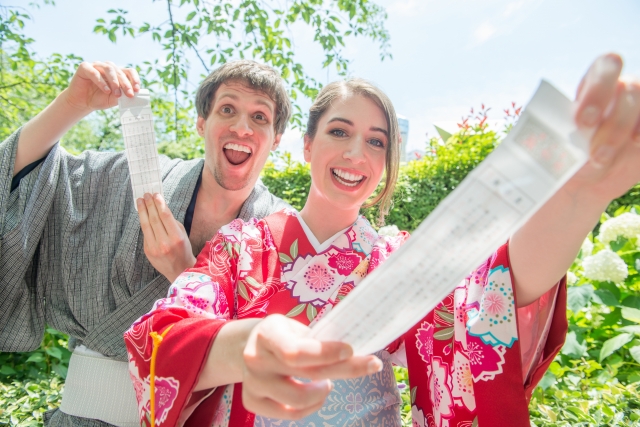
You can draw fortunes at Kiyomizu Temple. The fortune is written on the fortune, and if it's good, you can take it home with you, but if it's bad, it's customary to tie it in a special box near the shrine.
You can see cherry blossoms in spring and autumn leaves in autumn.
Various events are held at Kiyomizu-dera Temple depending on the season. Especially, many tourists visit during the cherry blossom season in spring and the autumn leaves to enjoy the beautiful scenery.
Spring (April-May)
Kiyomizu-dera Temple during the cherry blossom season
Autumn (September to November)
Autumn leaves illumination
how to access
Directions from JR Kyoto Station
Take either JR Kyoto Station platform 8, 9 or 10 (Nara Line)
↓
↓About 2 minutes ride
↓
Get off at JR Tofukuji
↓
Proceed to the Keihan train transfer gate and arrive at Keihan Tofukuji Temple.
↓
Take the train heading for Sanjo/Demachiyanagi on Platform 1.
↓
↓About 3 minutes ride
↓
Arrive at Keihan Shimizu Gojo Station
↓
↓10 minutes walk
↓
Arrived at Kiyomizu-dera Temple
address
605-0862
1-294 Shimizu, Higashiyama-ku, Kyoto-shi, Kyoto Prefecture
Official website
https://www.kiyomizudera.or.jp
summary
Kiyomizu-dera is a valuable place to experience Japanese history and culture and is well worth a visit.
Please come visit Kiyomizu-dera Temple and feel the history and beauty. The view from the stage offers a panoramic view of Kyoto and is sure to be an unforgettable experience.
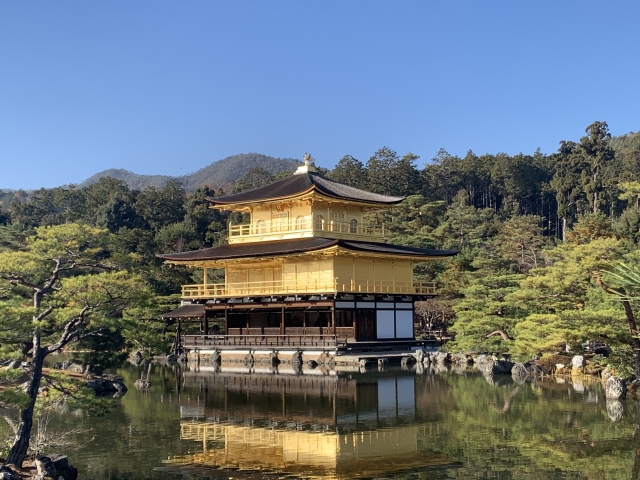
Kyoto Kinkakuji Temple | Highlights and access methods
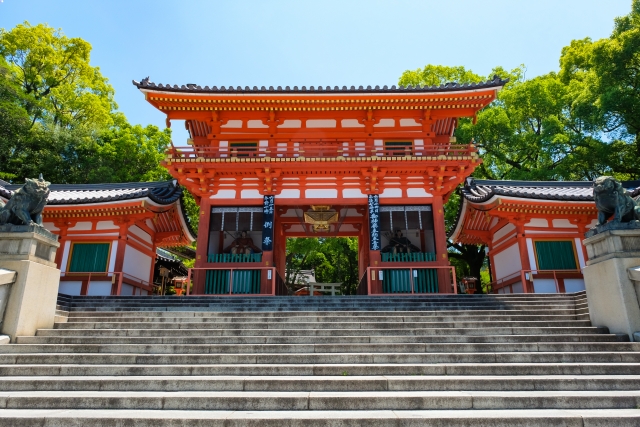
Yasaka Shrine tourist guide and how to access it